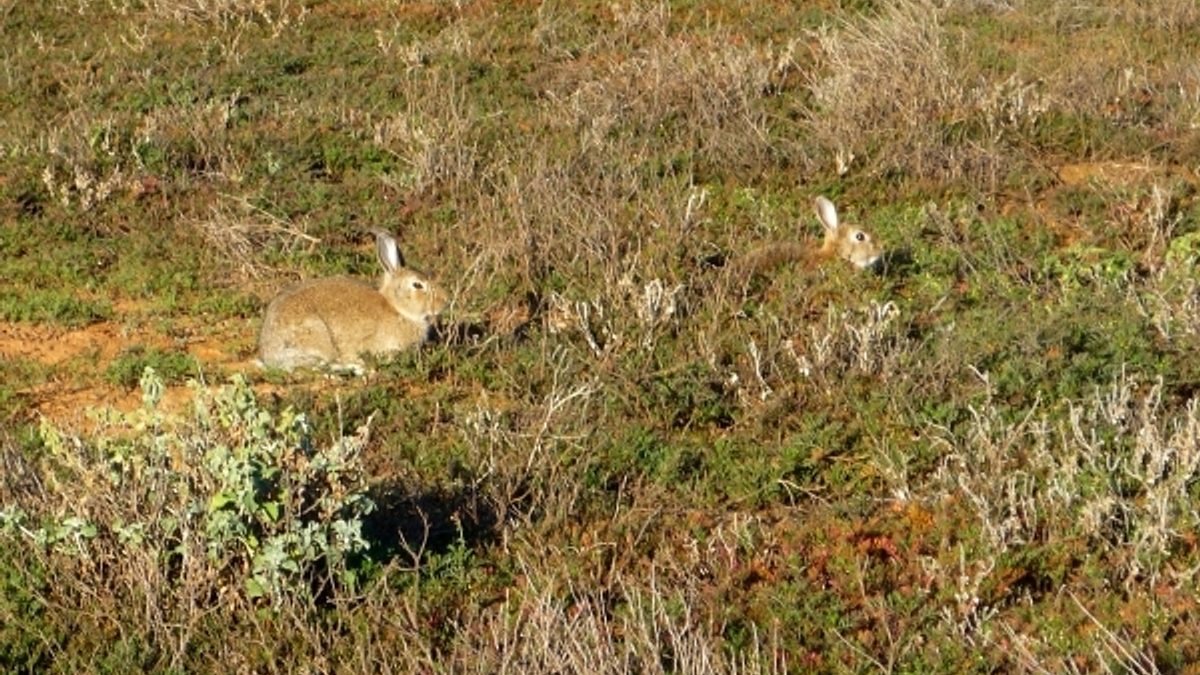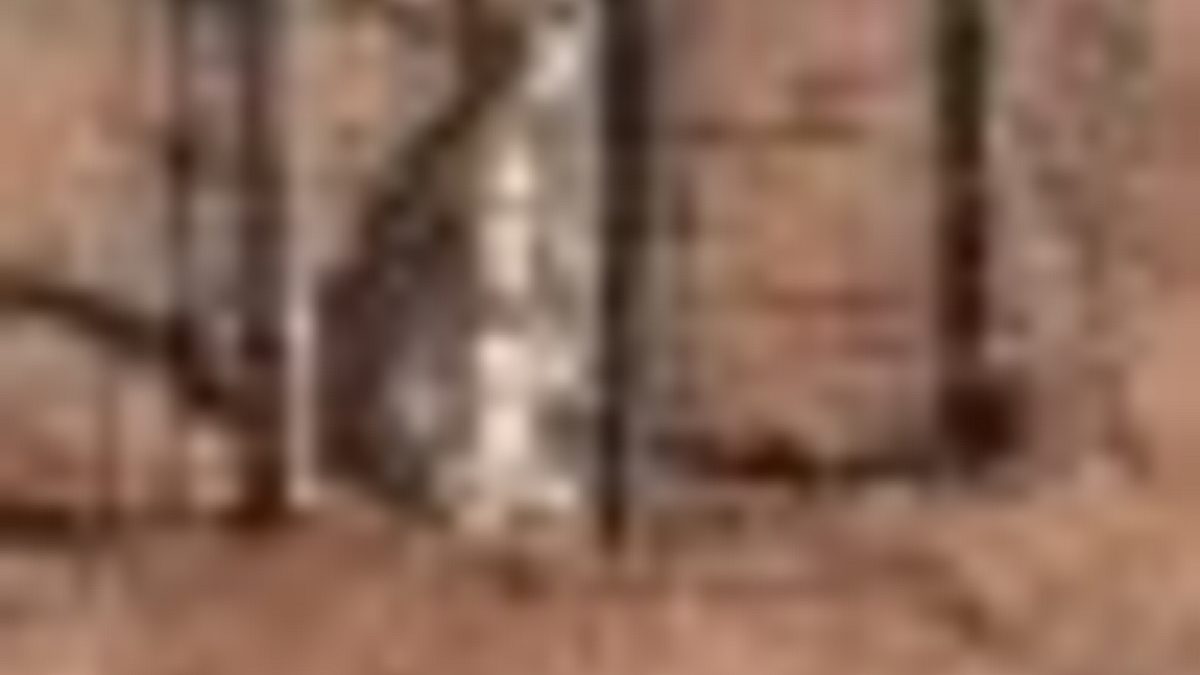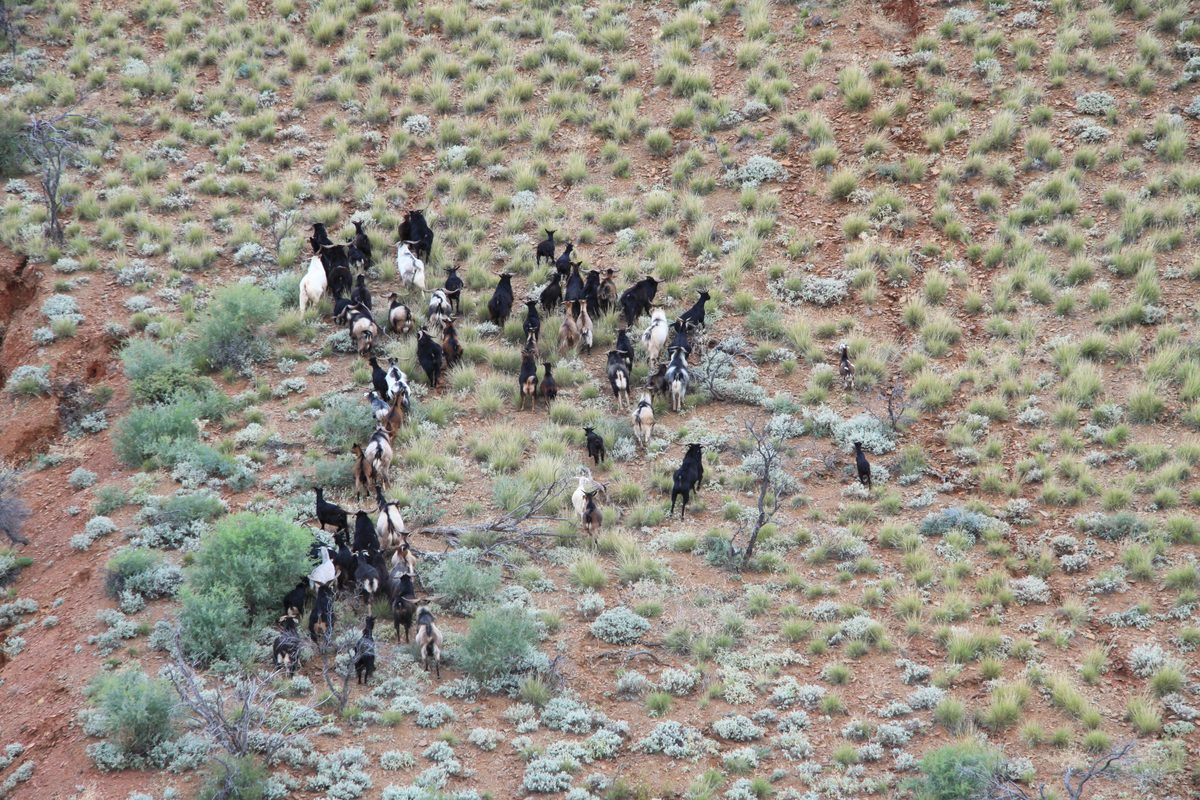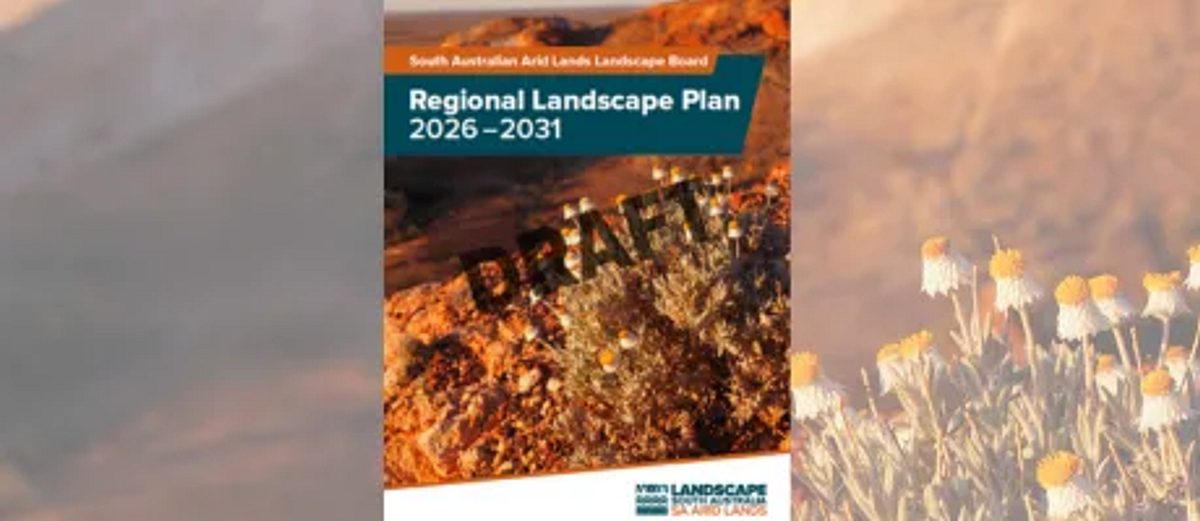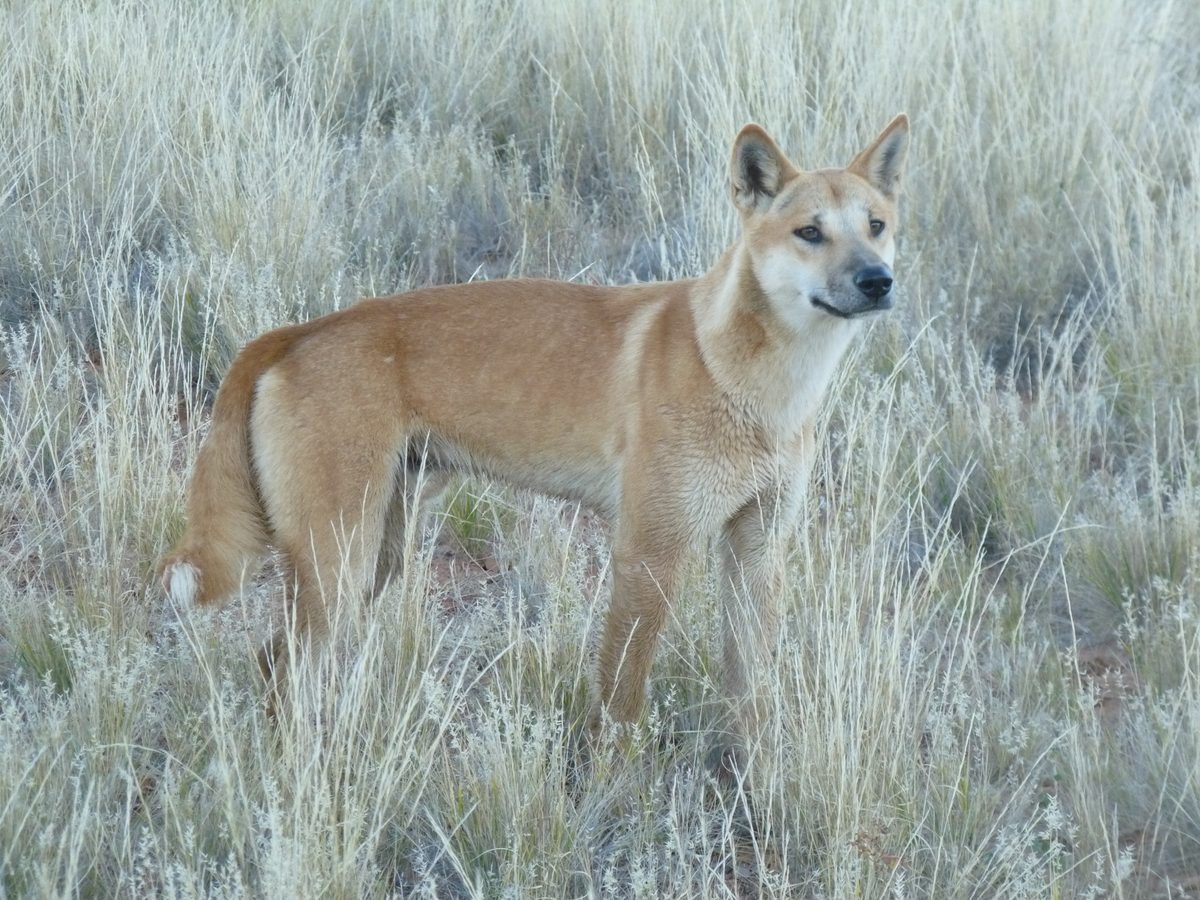New strain of calici offers hope for rabbit control
Land managers across South Australia are being urged to submit dead rabbit samples to assist with tracking the spread of a new rabbit calicivirus strain in Australia. Samples from the pastoral zone will be of particular interest.
Posted 31 May 2016.
The new strain (Rabbit Haemorrhagic Disease virus or RHDV2) was first discovered in Canberra in May 2015.
Since the initial detection in Canberra, RHDV2 has now spread through much of New South Wales and Victoria, with the first cases confirmed in South Australia in December 2015.
It is believed the spread of the disease is occurring mainly through flies and mosquitoes; however, it could also be caused by people moving infected rabbits, contaminated equipment or food.
Testing of Australian dead rabbit samples has revealed the RHDV2 strain detected in Australia is genetically identical to a strain from Portugal and the Azores.
It is not known if this strain of RHDV2 will provide a significant reduction in wild rabbit populations in Australia. However, it has done so in France, Spain, Portugal and Scotland in recent years.
We need your dead rabbits
In South Australia, samples from dead rabbits are urgently needed to monitor RHDV2 spread.
Since the 1996 release of the original strain of calicivirus (RHDV1) in Australia, samples from the remote areas of South Australia have been uncommon.
With the original strain of calicivirus (RHDV1) still active in the SA Arid Lands region, without dead rabbit samples it can only be assumed which RHDV strain might be impacting properties.
Samples will also help determine which strains are most effective, and at what time of year and where these strains are active.
In a recent case, RHDV2 caused the death of a three year old pet rabbit from Adelaide despite the rabbit having had annual vaccinations for RHDV1 – its latest only three days before its death from RHDV2.
More broadly, data from rabbit samples can be used to assess the effectiveness of the various rabbit biocontrols currently in existence and to argue for further research to find new biocontrols to benefit Australia’s agricultural industries and the environment.
Integrated rabbit control
In the event RHDV2 does take hold in the SA Arid Lands region, it may significantly enhance the effectiveness of standard rabbit control measures, with less rabbits around to survive a control program and reinfest properties.
Late summer/autumn is an ideal time to implement a broadscale warren ripping program – with follow up fumigation of any re-openings – as rabbit numbers tend to be at their lowest at this time.
It is best conducted under hot, dry conditions to ensure few rabbits are out of the warren above ground, and an effective collapse of the warren structure.
For long term suppression, it is recommended that landholders get rabbits down by over 95 per cent.
Land managers may also have access to 1080 oat baits through Natural Resources SA Arid Lands; contact the pest management team on 8648 5300.
How to provide a sample
Look out for dead rabbits that otherwise look healthy. This may be evidence of an RHDV1 or RHDV2 outbreak. Collect a carcass (or its liver or hind leg) and store it, with its source location and date, in a plastic bag in the freezer.
Record any observations. For example: “I used to count 50 rabbits driving from the gate to the house and in the last week I have seen none” or “I found a number of dead rabbits but there still seems to be heaps of live rabbits about.”
Once you have a rabbit sample in the freezer, please contact Natural Resources SA Arid Lands pest management team on 8648 5300 to arrange collection or dropoff of the sample. They can then contact Biosecurity SA to organise getting the sample to Adelaide for testing.
Land managers will be advised of the results, which could confirm RHDV1 or RHDV2 activity in their area.
Further information David Peacock, Research Officer, PIRSA Biosecurity SA 8303 9504 or david. peacock@sa.gov.au
PIRSA Biosecurity SA, Natural Resources SA Arid Lands
Article originally published in Across the Outback (May 2016)
